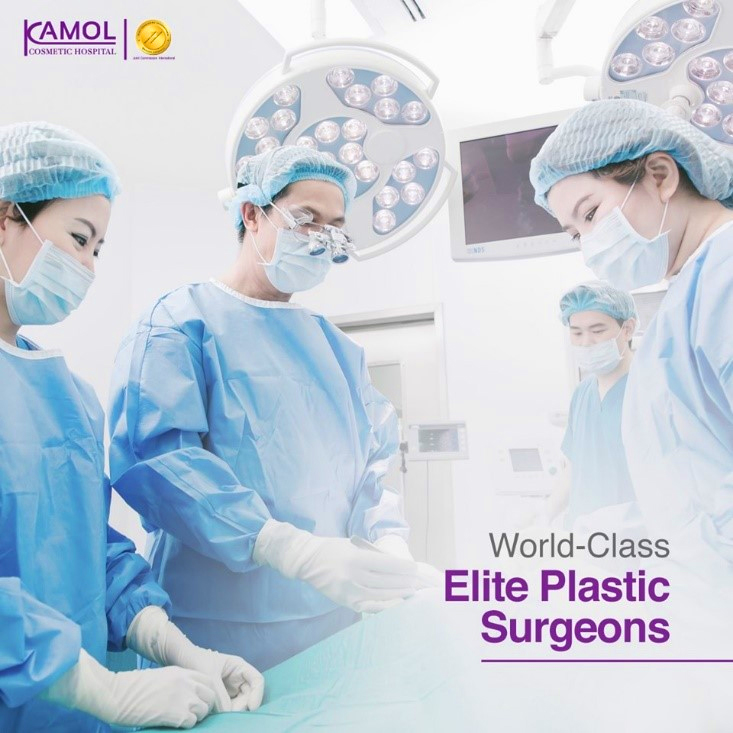Cheek lines or Nasolabial fold
Nasolabial fold is the deep crease running from either side of the nose down towards the corners of a mouth. This crease becomes more noticeable as part of the natural aging process. Fat is lost from the cheeks, reducing skin volume and making this fold appear deeper. Repeated smiling or having a "big smile" may result in permanent, deep creases in this area. Many treatments procedures to correct nasolabial fold included ;
- Dermal filler injection
- Fat graft
- Laser tightening
- Surgery
Dermal filler injection is the best choice in case of mild to moderate tear trough without downtime or recovery needed.
Good candidate for nasolabial fold filler
- Mild to moderate nasolabial fold without any skin conditions such as infection at the injection area.
- No history of allergic reaction to hyaluronic acid dermal filler
- Realistic expectation
Preparation for nasolabial fold filler
- consultation with the doctor about your expectation
- Stop taking anti-inflammatory medication such as Ibuprofen, Aspirin at least two weeks, or some vitamin and herbal supplements that may increase bleeding during and after the procedure
Procedure of nasolabial fold filler
The procedure done is typically takes less than half an hour time. Nasolabial fold filler is a painless procedure and can be performed under local anesthesia. The total time of examination and injection is usually less than 10-15 minutes.
POST-Procedure care for nasolabial fold filler
- The patients should avoid intense or extended pressure within the treated area
- The patients should be informed about aftercare, such as avoiding massage, strenuous physical activity and exposure to extreme cold or heat for up to six hours post-treatment
- It is important to schedule follow-up sessions to assess the clinical result. Touch-ups may be performed in the follow-up sessions if required.
Risk and Complications
The risk and complications are sporadic under specialist care included:
- Pain
- Infection
- Swelling and bruising
- Over-filled or Asymmetry
- Tissue necrosis or Blindness
Recovery
Pain is minimal discomfort after treatment. Patients can return to work in a day. The results can last for a year and more.




